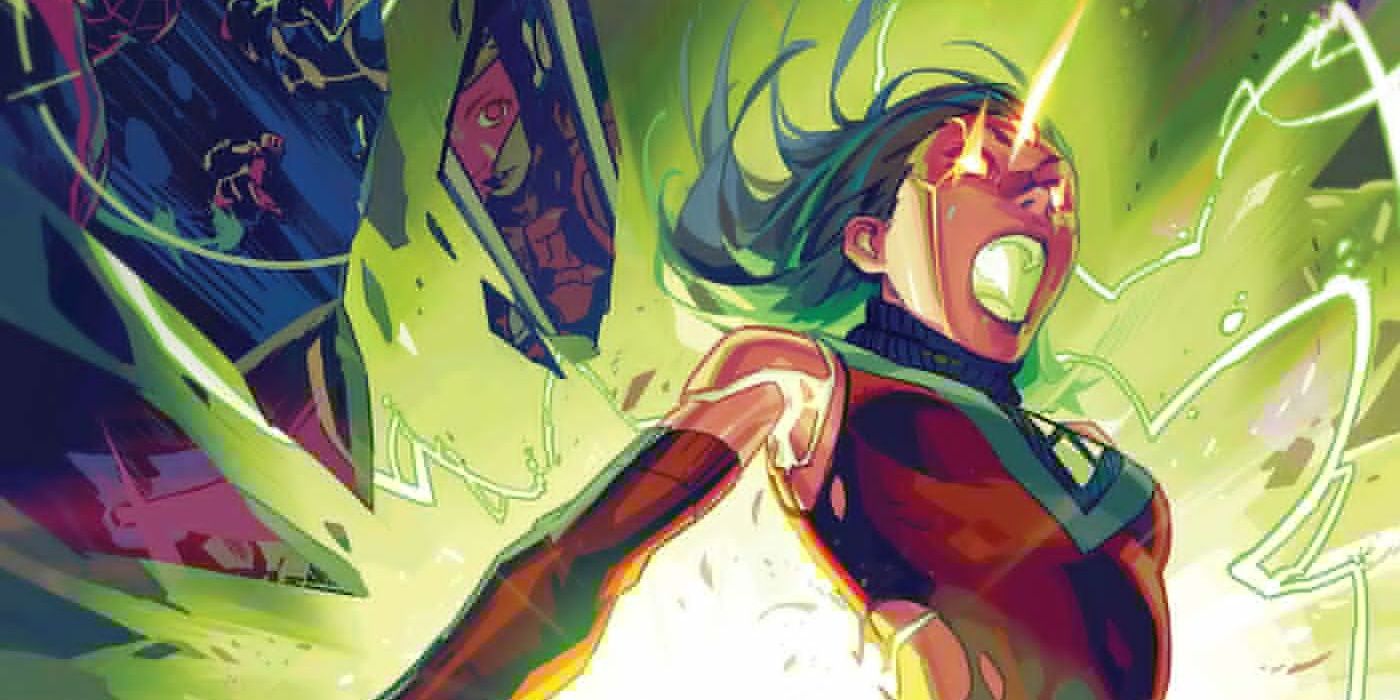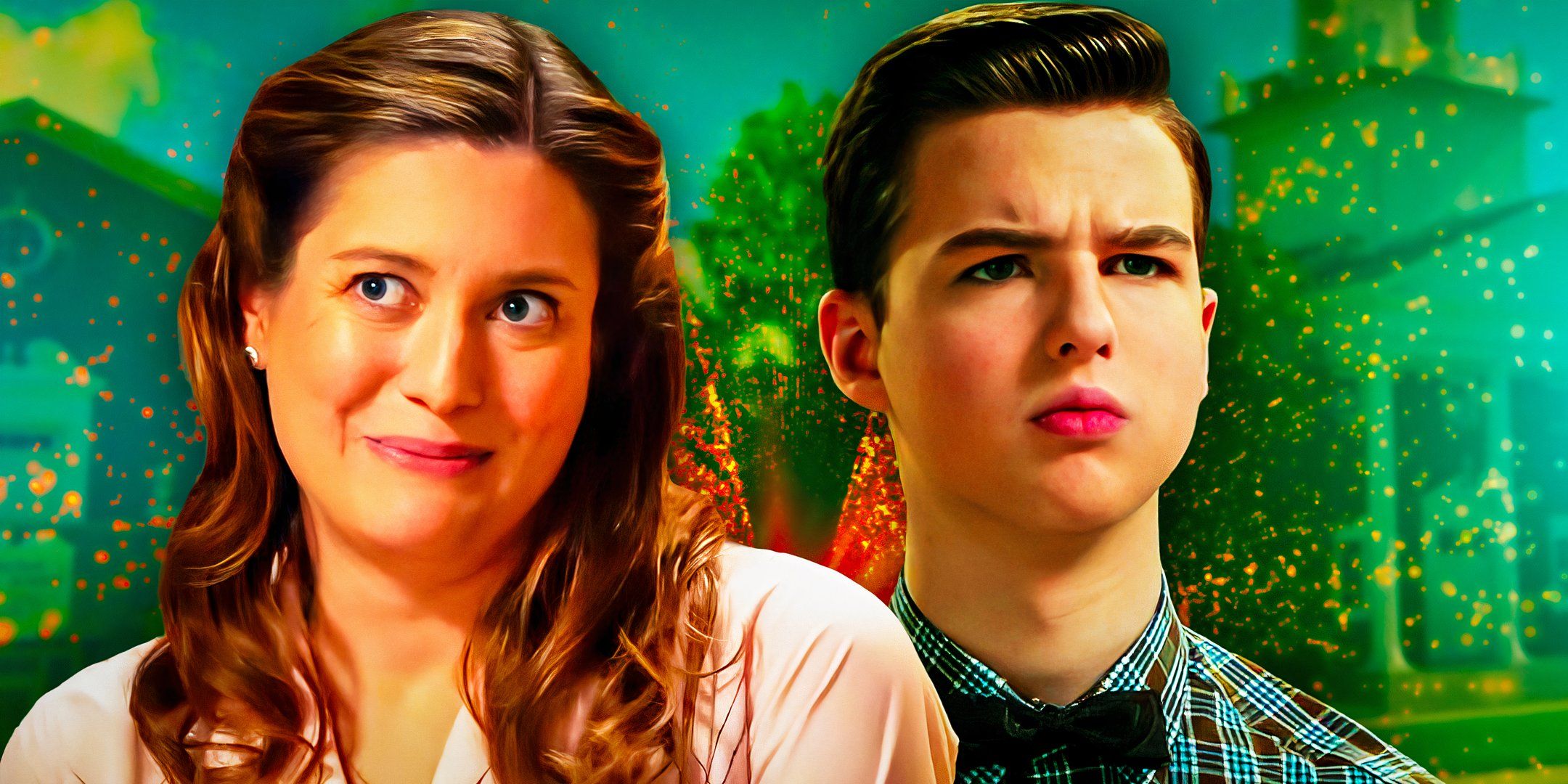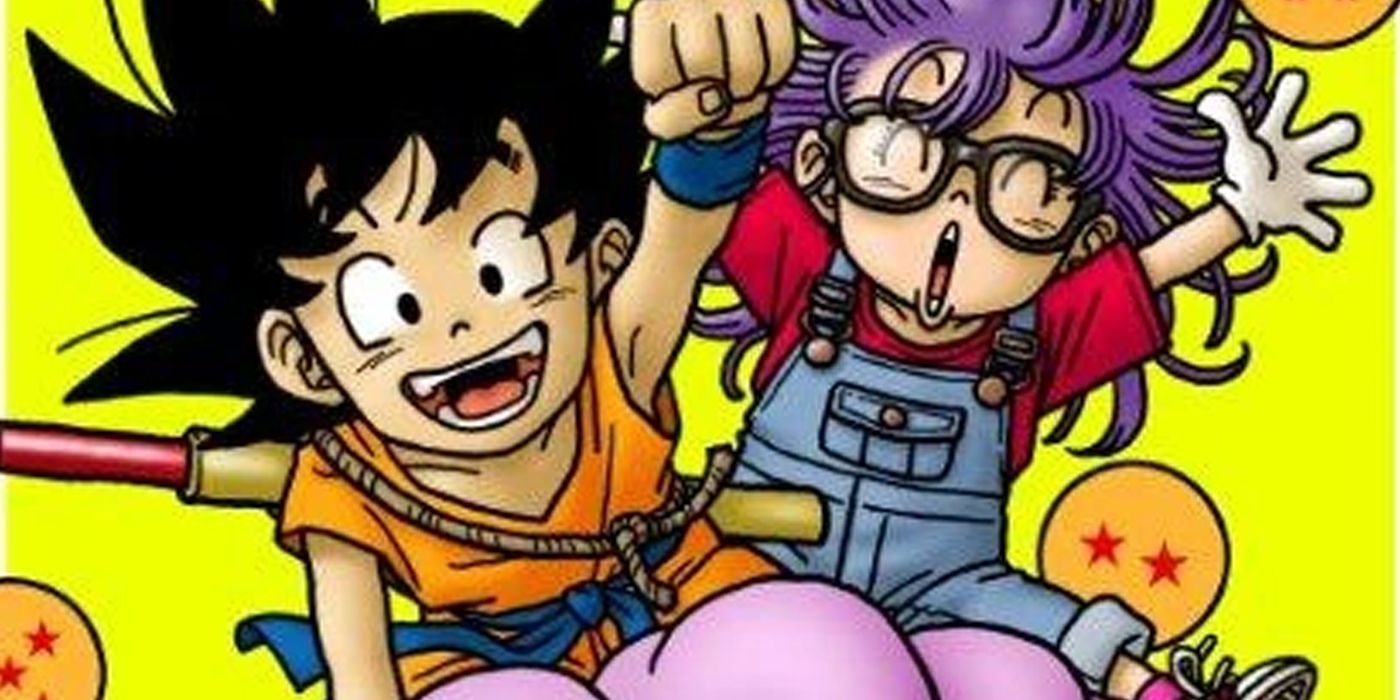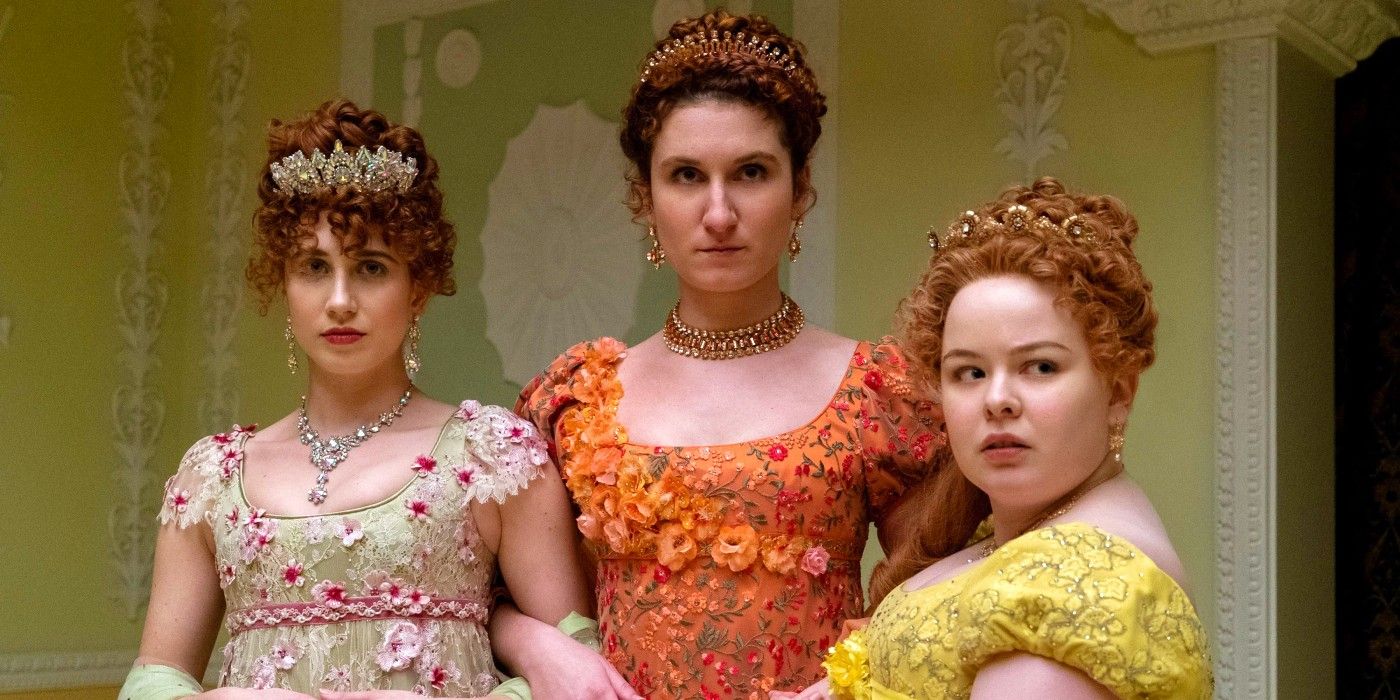Regions play a big part of defining the Pokémon series, but the games don’t always do a perfect job of rendering their settings in a way that makes sense. Earlier Pokémon titles all featured regions based on areas of Japan, while later entries have taken on a number of other cultural inspirations. Although the prevailing influence of one real-world environment can always be felt in a Pokémon region, certain elements can feel anatopic in a way that ultimately doesn’t make complete sense.
It’s not uncommon for Pokémon themselves to seem somewhat out of place in the region where they’re first introduced. While many are perfectly at home in their environs — Alola, for example, features plenty of proper tropical island creatures — every game tends to have at least one or two major fish out of water situations. Although the fictionalized nature of the Pokémon world makes real-life incongruence negligible, it’s still hard to justify regional Pokémon that are a complete mismatch for their ecosystem.
10 Dragapult
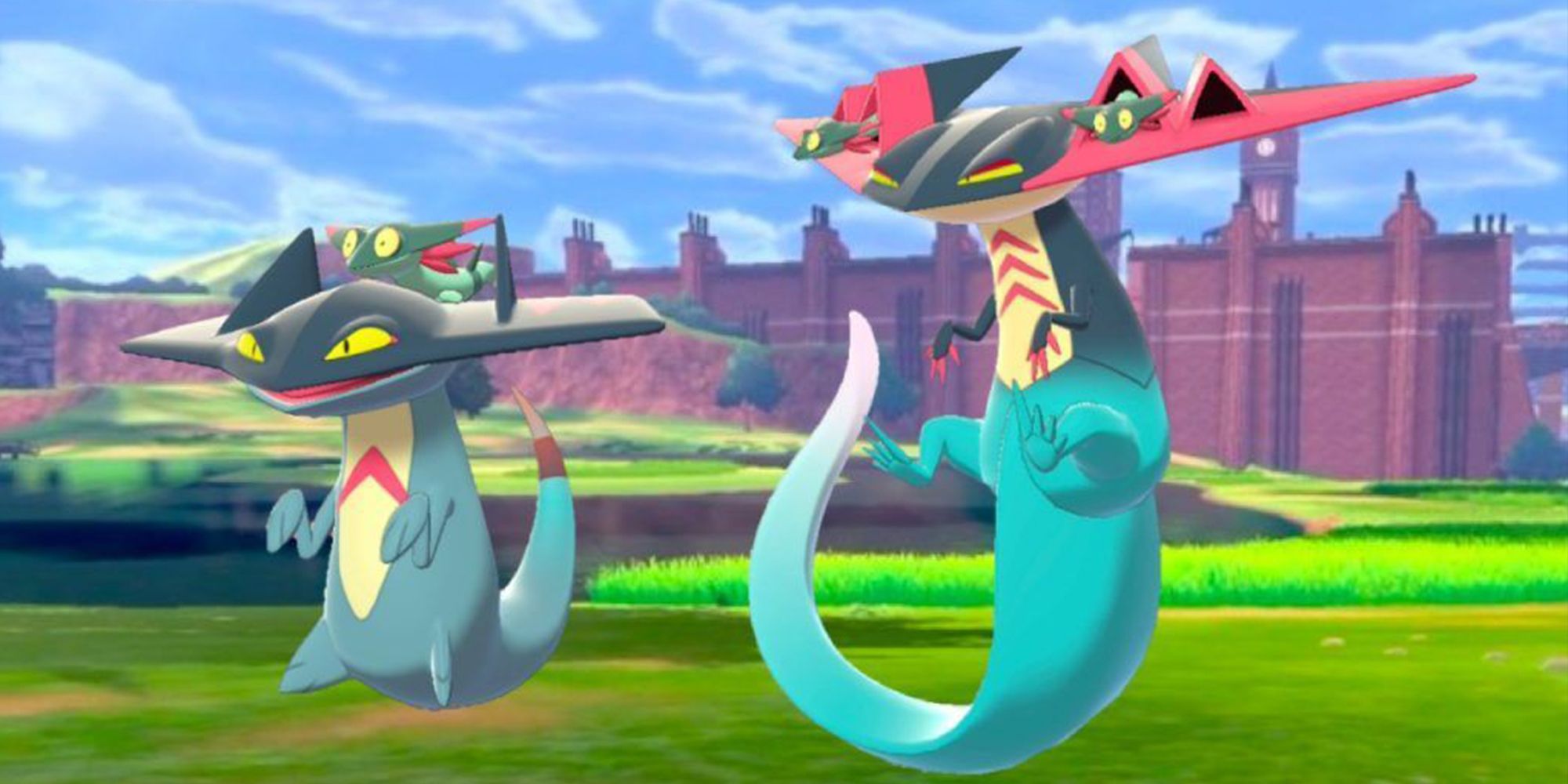
Occasionally, Pokémon can take inspiration from the fossil record instead of currently living creature. The Baxcalibur line is one example of this, which justifies its inclusion in the Paldea region via likely inspiration from dinosaur fossils found in Spain. On the other end of things, Dragapult appears to take influence from the ancient Dipolcaulus, which doesn’t appear to have ever lived anywhere near Great Britain. As the Galar region where Dragapult is found is based off of Great Britain, this is a somewhat random inclusion, although far from a particularly notable logical infraction.
9 Blitzle
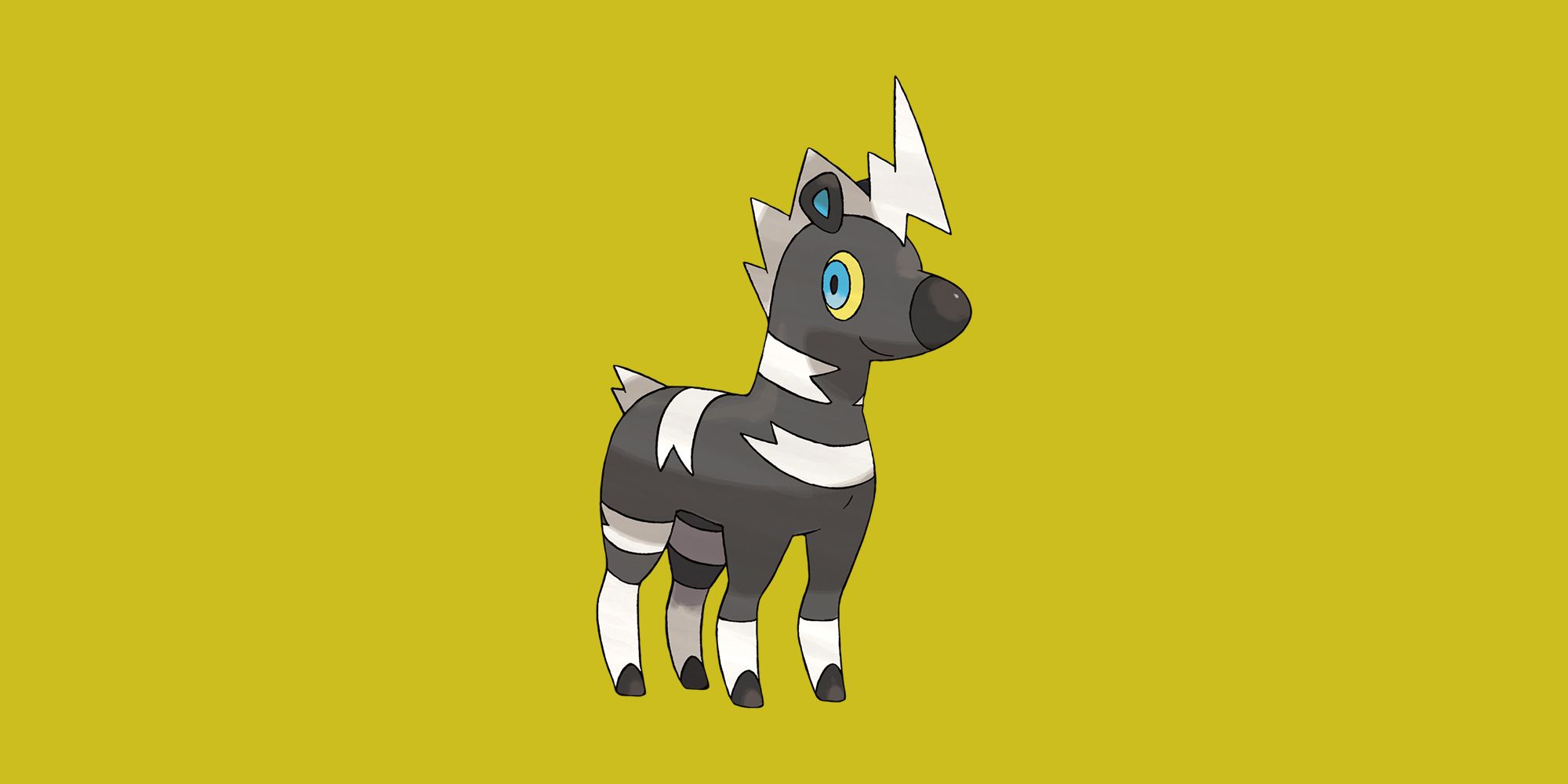
The Gen 5 Pokémon setting of Unova is inspired by New York, making the inclusion of Blitzle a somewhat odd one. Equines like horses and donkeys found in North America are non-native species, although they’ve become well-associated with the American West over time. Zebras, however, are entirely out of place, and Blitzle bears more resemblance to a zebra than anything else. As far as out of place Pokémon go, Blitzle is a fairly minor case, but it’s still one that feels a bit strange in context.
8 Zarude
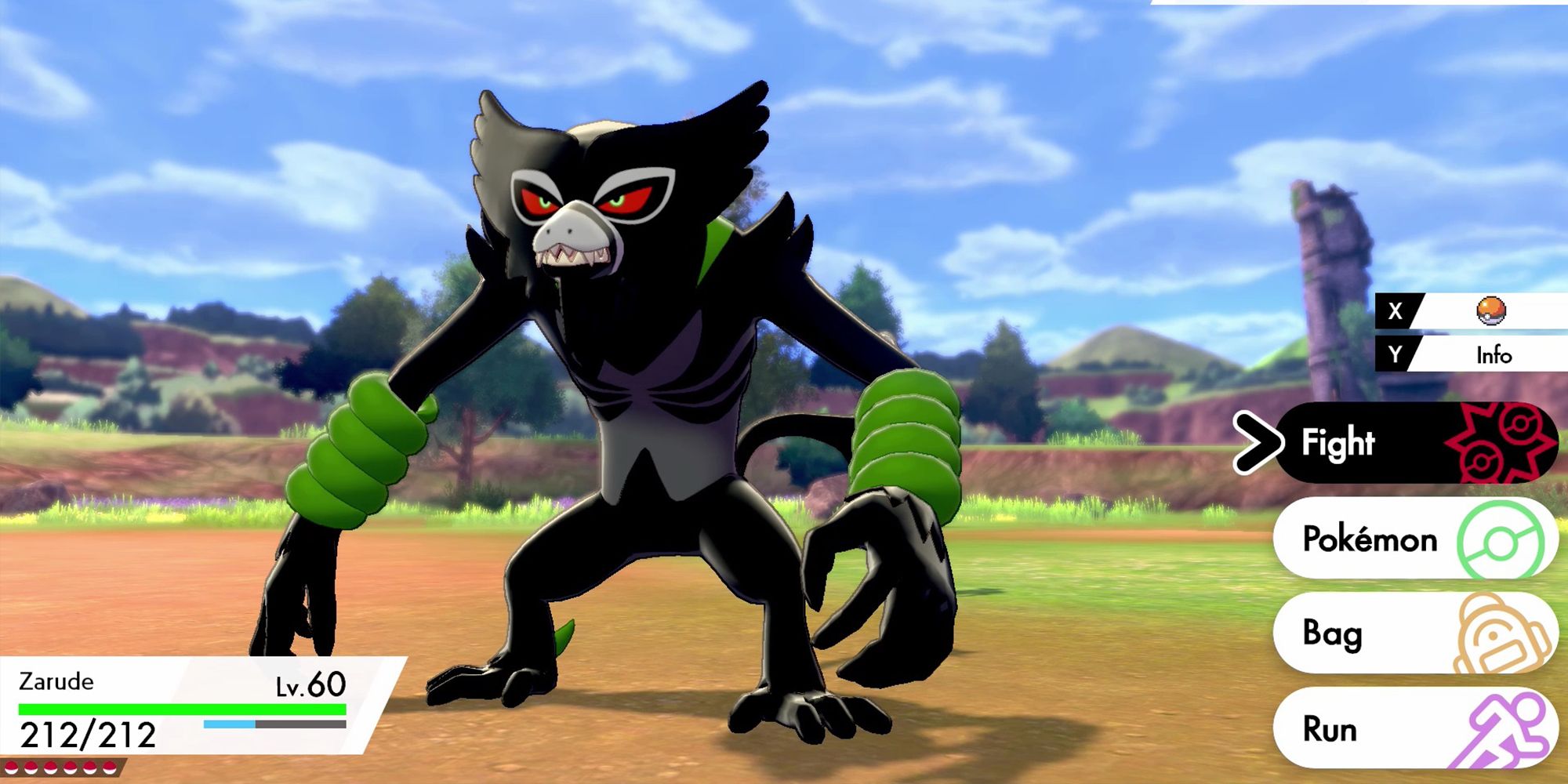
Zarude is an obviously simian Pokémon that resembles a baboon or mandrill more than anything else, making it seem like a rainforest would be its most natural home. Instead, it can be found on the Isle of Armor in the Galar region, which bears a general resemblance to the Isle of Man located between England and Ireland. Baboons are actually surprisingly adaptable animals, so it’s not entirely unfeasible that Zarude could live happily in such an environment, but the simian still doesn’t make much sense as a product of the environment.
7 Komala
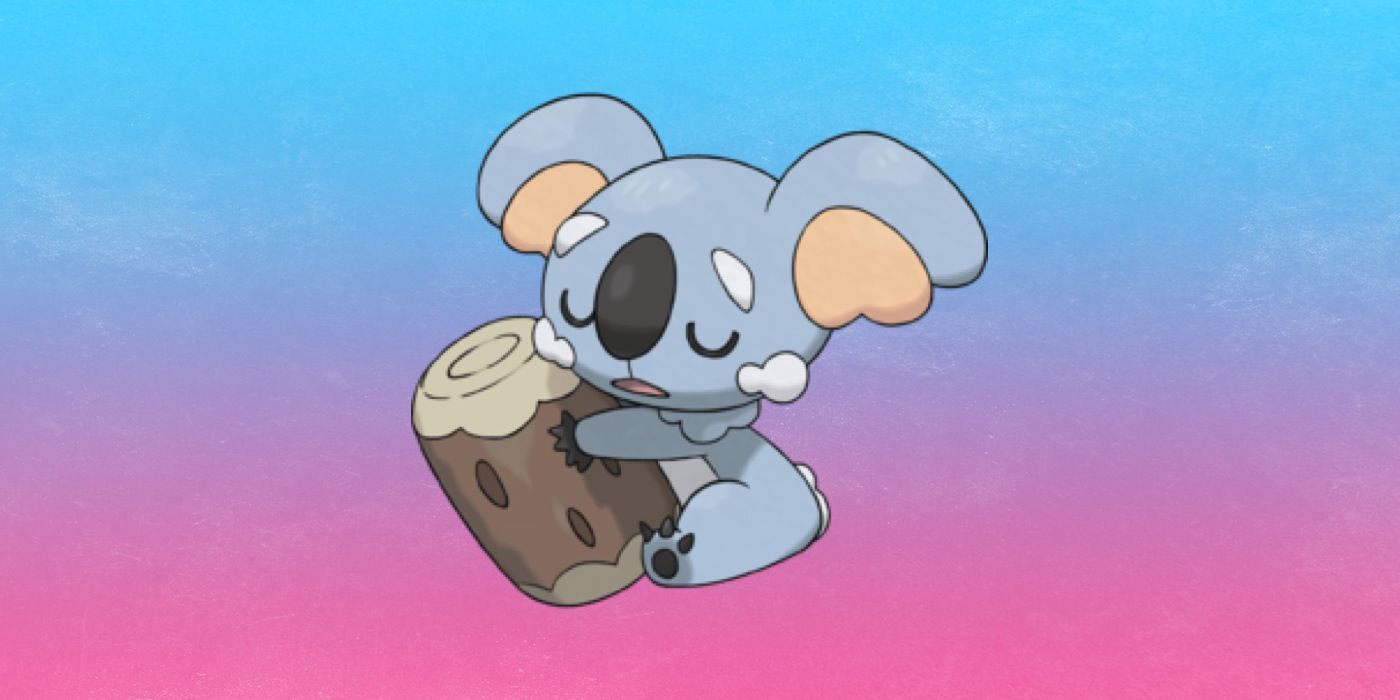
Despite the very accurate styling of many Alolan Pokémon, it’s also a region with some particularly strange inclusions. One of these is Komala, a creature that obviously resembles real-world koalas but can be found clinging to a log far away from any eucalyptus plants. The only way for Komala to make any sense is to assume that it lacks the dependence on a specific diet that koalas have. Since Komala seems to be thriving in Alola, it must be happy to snack on a wide variety of leaves.
6 Pancham
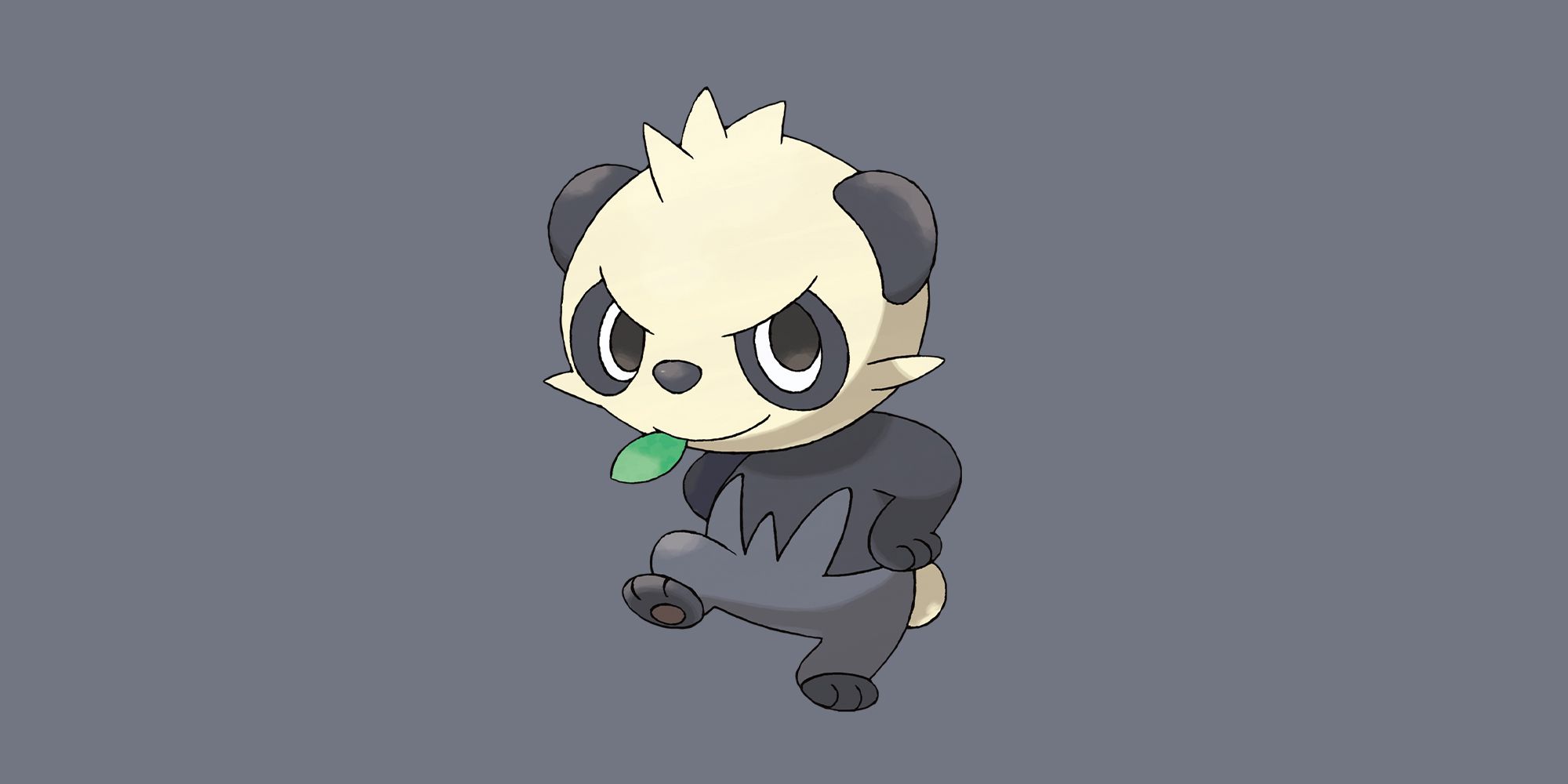
Much like Komala, Pancham is a Pokémon whose real-world association is closely linked with a plant that acts as its primary nutritional source. In this case, that would be pandas and bamboo, and the resemblance is once again quite unsubtle. Pancham, however, can be found in the Kalos region, which takes after the nation of France. Kalos is also an isolated area, so Pancham seems to be indigenous rather than an imported species.
5 Kingambit
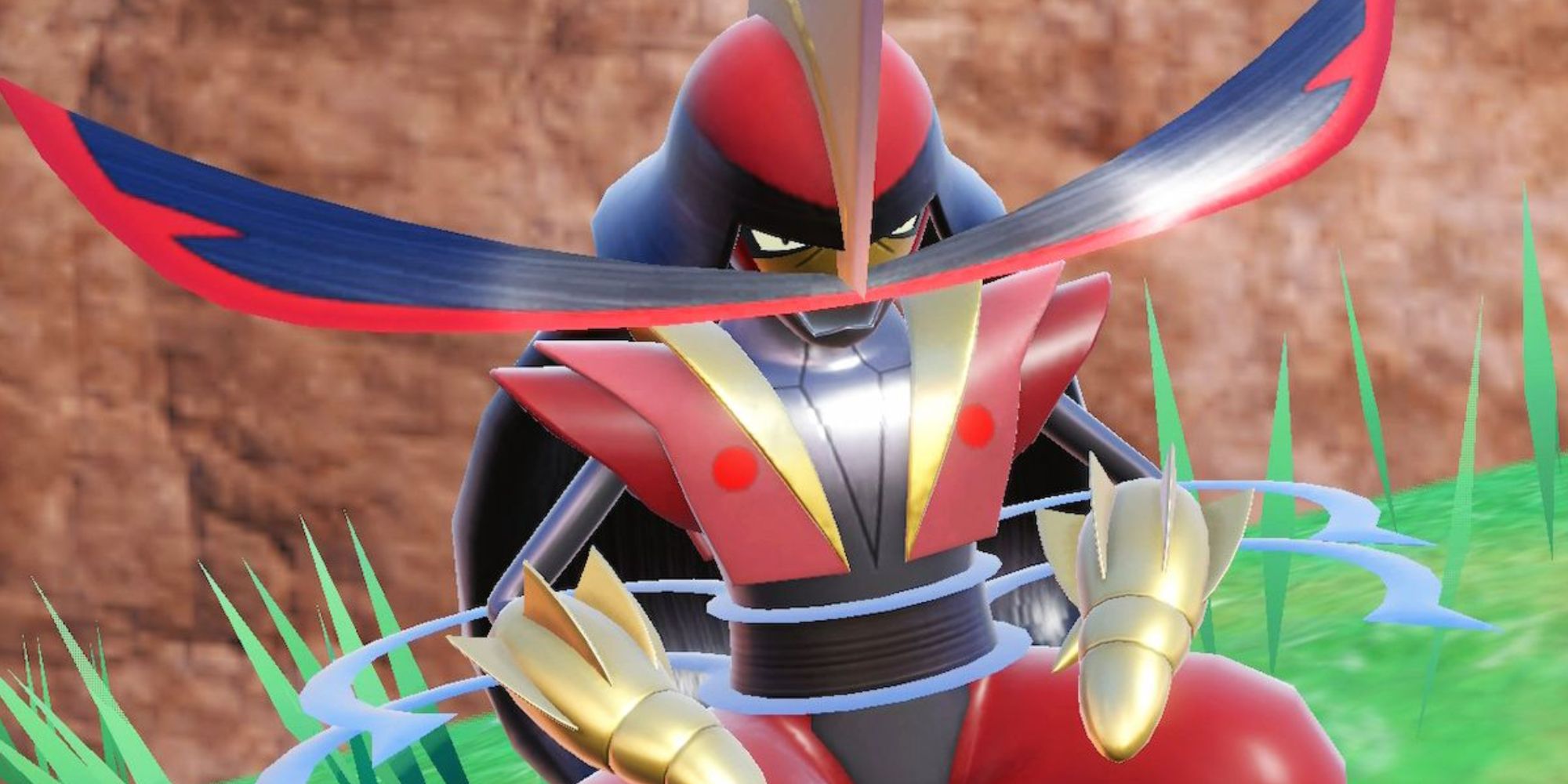
The Pawniard line was first introduced in the Unova region, but Kingambit joined its ranks in the Gen 9 setting of Paldea. Paldea is based on the Iberian Peninsula, but Kingambit certainly doesn’t seem to be, with visual cues that are generally evocative of Japanese samurai. Although the lore and history of Pokémon don’t necessarily correspond directly to actual cultures, no major facets of the Paldea region connect to Kingambit’s design in any real way, so it certainly seems like it may have been more at home in some earlier regions.
4 Galarian Corsola
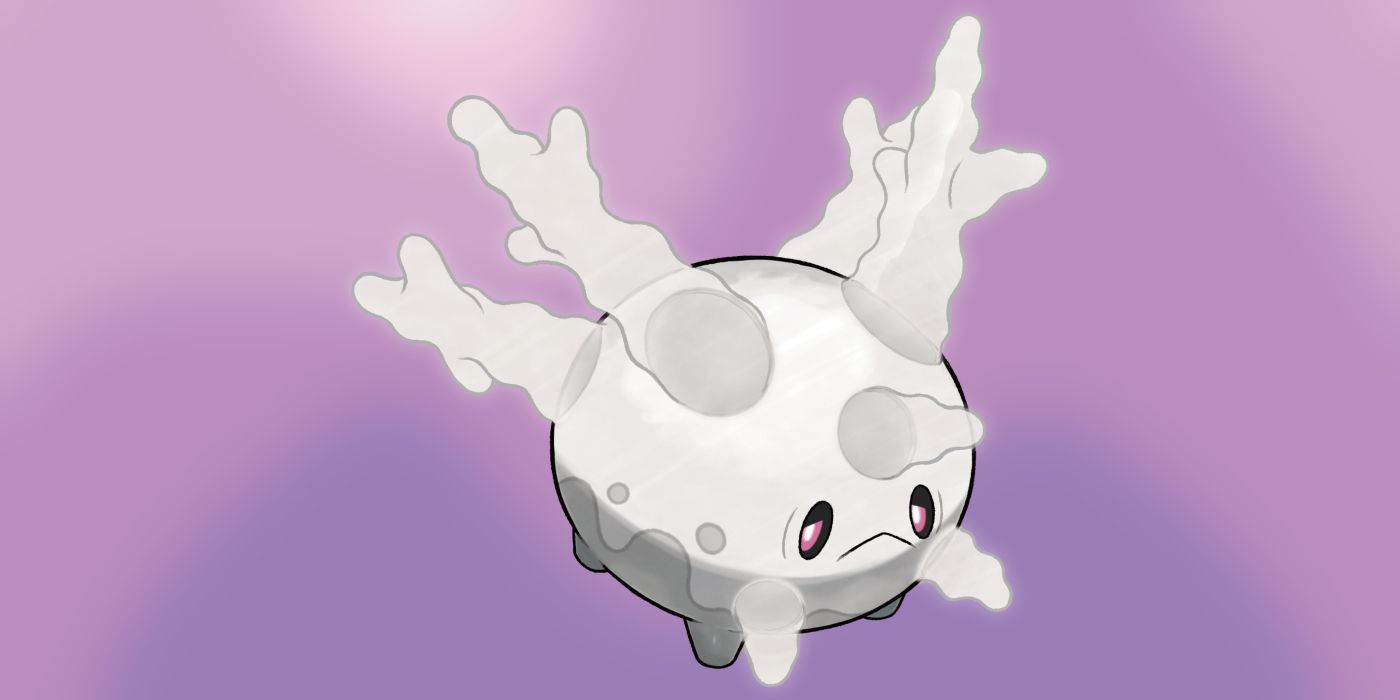
Corsola is a bit of a unique case among out-of-place regional Pokémon, as its original incarnation in the Johto region made perfect sense. The Galarian form, however, can be found inland, a very strange scenario for a creature with a coral-based design. The in-lore explanation posits that environmental change wiped them out and left their ghostly forms in the remains of prehistoric seas, which, however implausible, is a memorable and fascinating piece of trivia that helps justify their strange habitats.
3 Passimian

Like Zarude, Passimian is a simian species that doesn’t quite fit its habitat in-game. Passimian principally resembles a lemur from Madagascar, but can be found in the Hawaii-esque region of Alola. This one isn’t particularly absurd, as the climates of these two island environments are reasonably similar in the real-world. Unlike Madagascar, however, Hawaii is too far from a mainland source of simian species to have any that migrated overseas, and the Pokémon region of Alola seems to be similarly isolated, making Passimian’s appearance strange.
2 Shellos
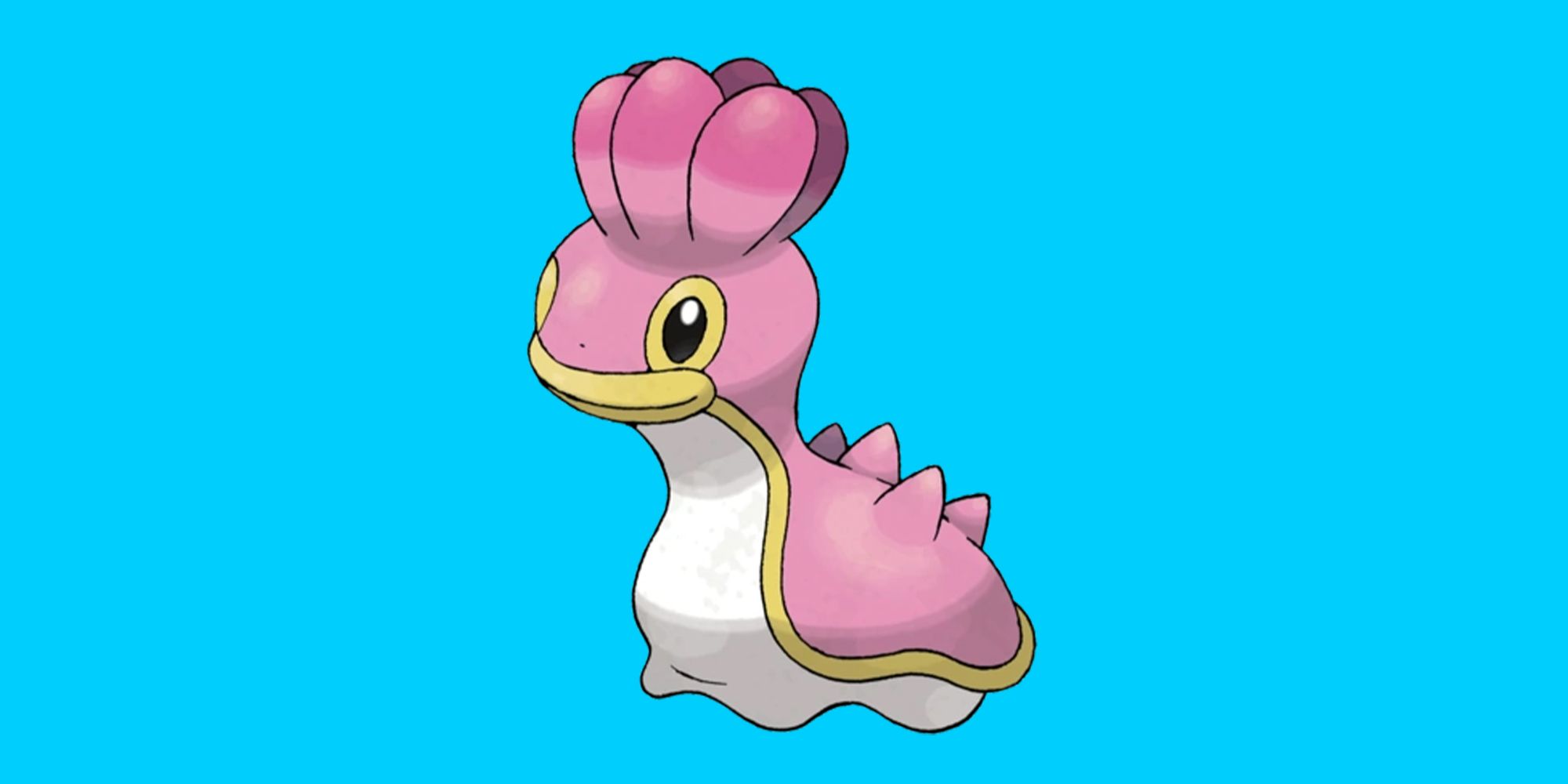
Shellos and its evolution Gastrodon were originally planned as Pokémon for the Gen 3 Hoenn region, but ultimately ended up making their first appearance in Gen 4’s Sinnoh. It’s consequently no surprise that they seem a bit out of place among the colder environment, as they bear much more resemblance to creatures that would haunt warmer coasts. This isn’t exactly an other-side-of-the-world difference, but it is a case where a developmental shift ended up putting a Pokémon in a region where it didn’t quite fit.
1 Kangaskhan
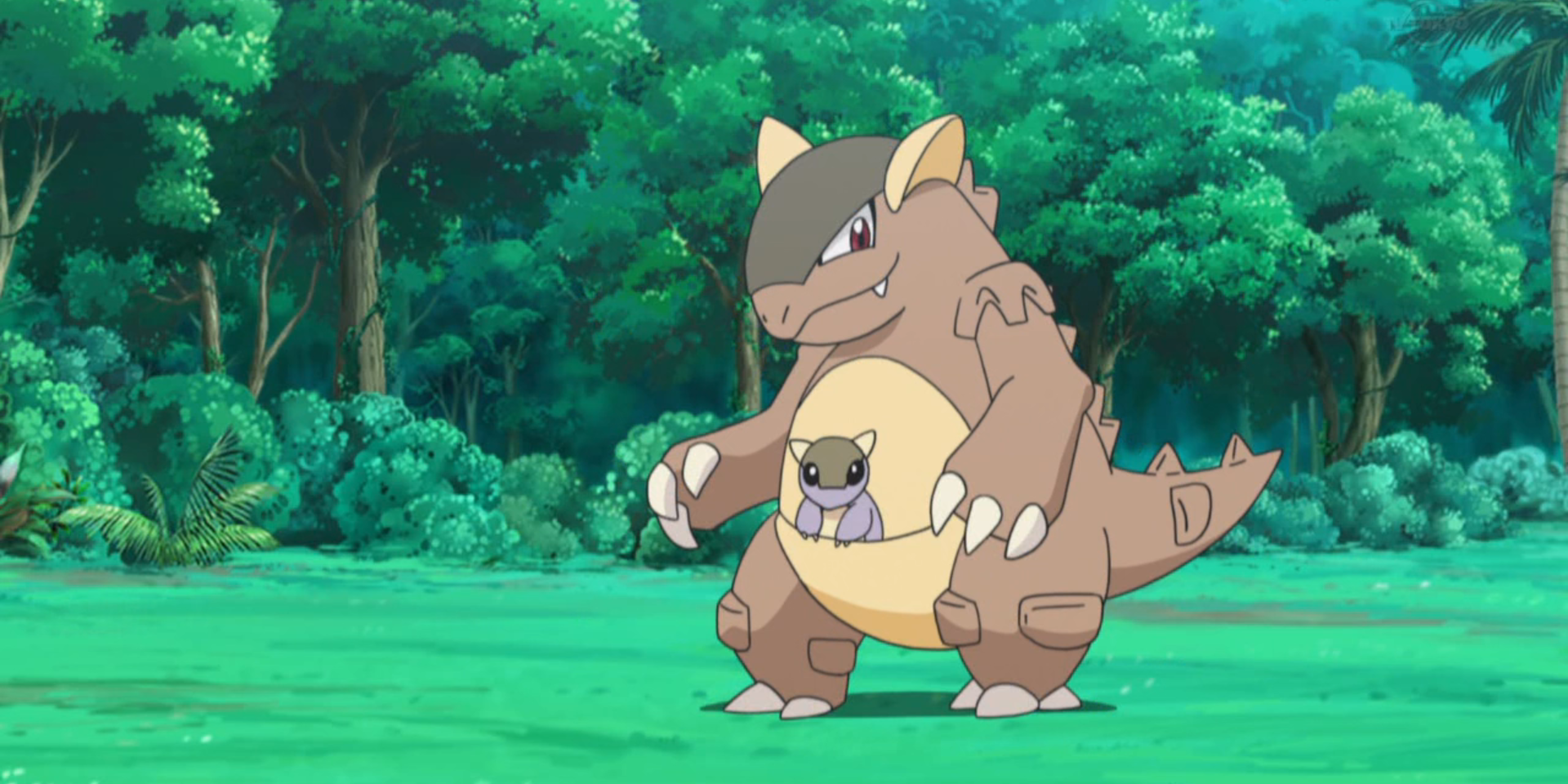
Kangaskhan is an obviously marsupial Pokémon, with a general resemblance to a kangaroo in both name and appearance. As a veteran of Gen 1, however, Kangaskhan was incongruously introduced in the Kanto region. Japan lacks any indigenous marsupials, let alone ones as distinctly associated with Australia as kangaroos, making Kangaskhan a strange entry to the Kanto Pokédex. Even in the Pokémon world, it’s hard to rationalize its habitat, although it’s a neat enough idea for a creature to perhaps let it slide.
